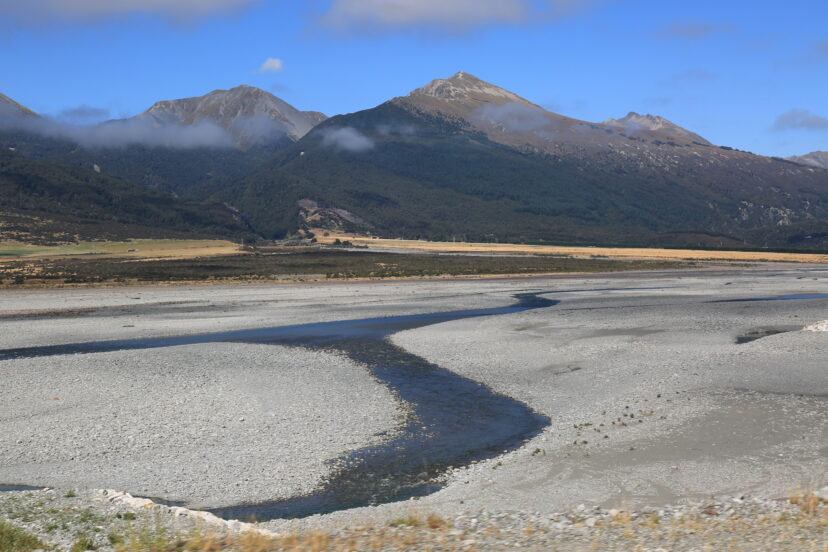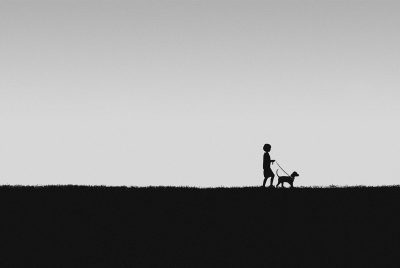Landscape Photography with a Telephoto Lens
Why Use a Telephoto Lens for Landscapes?
Unless you are using telephoto lens for landscape photography tips when most people think of landscape photography, they imagine wide, sweeping views captured with a wide-angle lens. But guess what? A telephoto lens opens up an entirely different way to see and capture nature.
Breaking the Wide-Angle Myth
A wide-angle shows everything, but sometimes “everything” is just too much. A telephoto lets you cut out distractions and focus on the best part of the scene.
Benefits of Compression Effect
One of the coolest features of telephoto lenses is compression. Mountains that look far apart with your eyes suddenly stack up, giving a dramatic, layered effect that adds depth and mood.
Isolating Details in a Scene
Think of a lone tree in a sea of hills or a patch of sunlight breaking through clouds. A telephoto lens makes these small details the hero of your shot.
>>> See TODAY’s deals on affordable telephoto lenses HERE <<<
Choosing the Right Telephoto Lens
Picking the right lens matters as much as the scene itself.
Prime vs Zoom Lenses
Primes (like 135mm) give sharpness and beautiful clarity, but zooms (like 70–200mm or 100–400mm) give flexibility when the subject isn’t easy to approach.
Ideal Focal Lengths for Landscapes
I usually recommend something in the 70–200mm range. It’s not too heavy, and it covers most needs. If you want even more reach, 300–400mm lets you grab distant peaks or wildlife within a landscape.
Weight and Portability Considerations
Carrying a heavy lens up a mountain trail? Not fun. I always weigh my gear before heading out—sometimes a lighter zoom beats a monster lens.
Mastering Composition with Telephoto Lenses
Composition becomes more precise when you’re zoomed in.
Framing Distant Subjects
Use the telephoto to frame a castle on a hill or a lighthouse across the bay. It pulls the viewer’s eye exactly where you want it.
Simplifying Busy Scenes
Landscapes can be chaotic. A telephoto lens helps you zoom past the clutter and highlight only the elements that matter.
Using Leading Lines at a Distance
Roads, rivers, or rows of trees still make great leading lines—you just capture them tighter with a telephoto, giving your image more punch.
Camera Settings for Telephoto Landscape Shots
Getting sharp images is all about dialing in the right settings.
Aperture and Depth of Field Choices
f/8 to f/11 is usually my sweet spot—sharp across the frame without making the background too distracting.
Shutter Speed to Avoid Blur
Remember the “1 over focal length” rule. Shooting at 200mm? Don’t go slower than 1/200s unless you’re on a tripod.
ISO Settings for Maximum Quality
Keep ISO as low as possible—usually 100 or 200—so your images are clean and noise-free.
Practical Tips for Sharp Telephoto Shots
Sharpness is everything in telephoto work.
Using a Tripod Effectively
A sturdy tripod saves the day, especially when shooting long exposures of sunsets or distant landscapes.
The Role of Image Stabilization
If your lens has IS/VR/OS, turn it on—especially when handheld. But remember to switch it off when using a tripod.
Remote Shutter or Timer
Even pressing the shutter can shake the camera. A remote release or a simple 2-second timer helps eliminate this issue.
>>> See TODAY’s deals on affordable telephoto lenses HERE <<<
Creative Uses of Telephoto in Landscapes
Telephoto isn’t just practical—it’s creative too.
Creating Abstracts with Compression
By zooming in tight, you can turn hills, dunes, or trees into patterns and abstract art.
Capturing Layers in Mountains and Hills
Ever seen those dreamy photos where mountain ridges fade into the distance? That’s a telephoto lens showing off its layering magic.
Highlighting Weather and Atmosphere
Fog rolling through valleys, beams of light breaking clouds—telephoto lenses let you capture these fleeting moments with intimacy.
Common Mistakes to Avoid
Even with great gear, mistakes happen.
Over-Zooming and Losing Context
Zoom too much, and you risk losing the story of the landscape. Balance detail with a sense of place.
Neglecting Foreground Interest
Telephoto doesn’t mean ignoring the foreground. Sometimes a rock, branch, or river in the foreground adds depth to your photo.
Ignoring Light and Weather Changes
Telephoto landscapes depend heavily on light. If the sun is flat and harsh, your scene may lose drama. Timing is everything.
Post-Processing Telephoto Landscapes
Editing brings out the best in your shots.
Cropping and Aspect Ratio Adjustments
A telephoto shot often benefits from cropping into a panoramic format. Don’t be afraid to experiment.
Enhancing Contrast and Depth
Boosting contrast and clarity helps bring out the layers and separation that make telephoto shots stand out.
Noise Reduction for Cleaner Images
Telephoto shots at long focal lengths may introduce noise. Light touch noise reduction keeps your shots crisp.
Conclusion
Using a telephoto lens for landscape photography flips the usual script. Instead of capturing everything, you tell stories through details, layers, and compression. With the right gear, thoughtful composition, and sharp settings, your telephoto shots can rival (and sometimes beat) those wide-angle classics. So next time you head out, pack that long lens—you’ll see the landscape in a whole new way.
>>> See TODAY’s deals on affordable telephoto lenses HERE <<<
FAQs
1. Can I shoot landscapes with a 70–200mm lens?
Yes! It’s one of the most versatile telephotos for landscapes, offering both flexibility and portability.
2. Do I always need a tripod for telephoto landscapes?
Not always. In good light with fast shutter speeds, handheld works fine. But for golden hour or long exposures, a tripod is your best friend.
3. What’s the biggest advantage of using a telephoto for landscapes?
Compression. It makes distant elements appear closer and more dramatic, adding layers to your images.
4. Are telephoto lenses only for professional photographers?
Absolutely not. Even beginners can use them—just practice steady shooting and learn composition.
5. Can I use telephoto for astrophotography landscapes?
Yes, but only for framing specific parts of the sky, like the moon behind mountains. Wide-angle is still better for capturing the full Milky Way.
Further reading here




